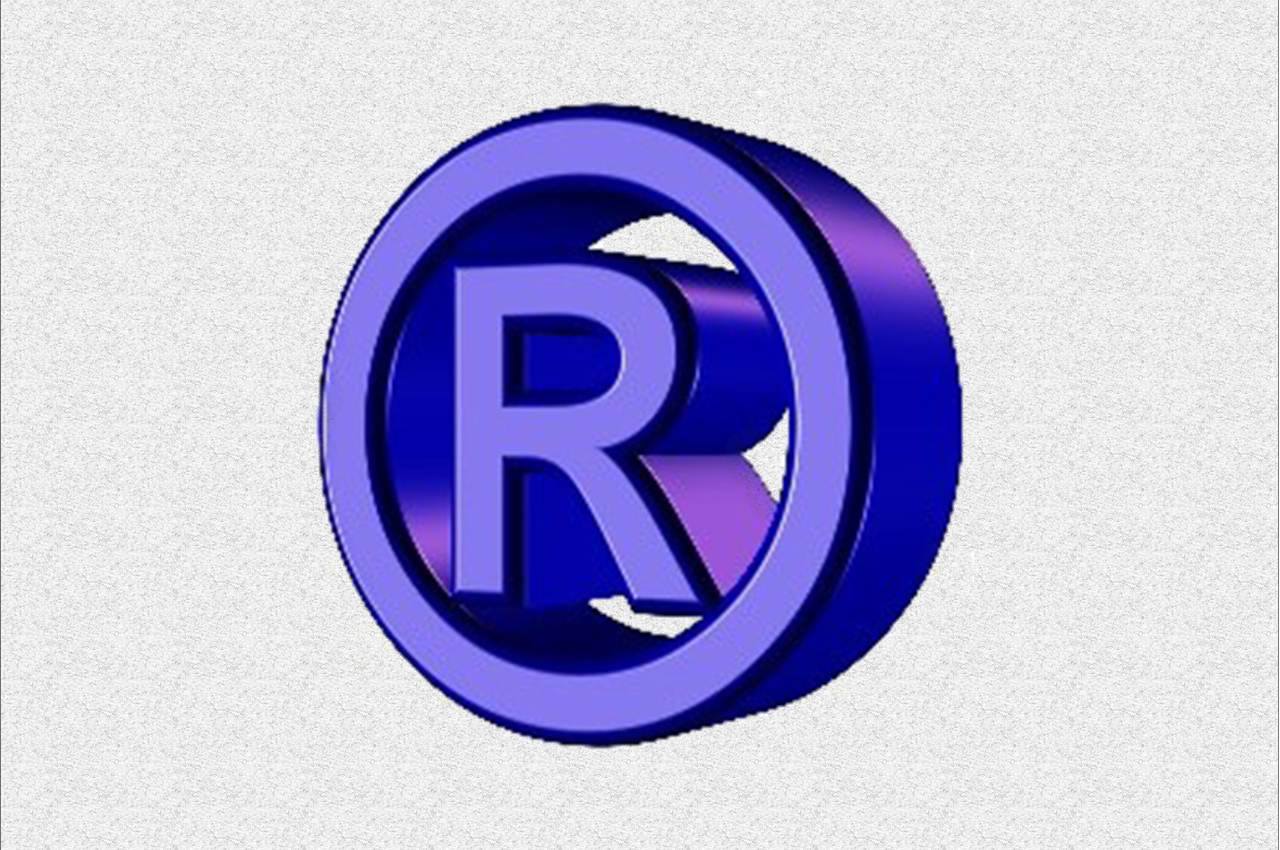Resources
Trademarkology
Social Media Accounts and Trademarks
Can you use a trademark in your Twitter handle?
I wouldn’t. But I am a trademark lawyer. There are probably instances when it is okay. If the person using this Twitter handle were my client, my advice would be that this is not one of those instances.

Trademarks are commercial symbols that provide “short hand” information for consumers looking for goods and services from a particular source. Trademark infringement law prevents newcomers from using a trademark that is identical to or confusingly similar to an established trademark in an effort to protect consumers from getting something other than what they intended.
The First Amendment guarantees certain liberties relating to freedom of speech. There are limits on the First Amendment. Trademark infringement presents one of those limitations. The balance imposed by competing bodies of law has determined that it is important for consumers to have accurate information about goods and services â more important in fact than a competitor’s ability to “use whatever words it likes” to sell competing goods, the First Amendment notwithstanding.
There are certain instances where use of an established trademark is not confusing to consumers. These instances include parodies. To qualify as a lawful parody, material must call to mind the original trademark or source, while allowing those who encounter it to recognize that it is joke. As applied, protection for parody is a type of “fair use” and involves a balancing of competing interests.
With respect to the critical elements of “how much is too much” to borrow, the use must be able to “conjure up at least enough of the original work to make the object of its critical wit recognized.” But the amount of borrowing necessary to “conjure up” the original will depend on how much the parodist needs and why she needs it, plus a consideration of the way in which the particular borrowed material is used in the parody.
Put another way, you should only borrow so much of the original as is necessary to make the joke work â and this has to be determined on a case-by-case basis.
Does this “tweeter” need to use the unedited image of the “Cat in the Hat” character directly above the words “Dr. Seuss” accompanied by a partial photograph clearly depicting a child to make the joke here? I am a mother and therefore recuse myself. You be the judge.
Read more from Trademarkology



